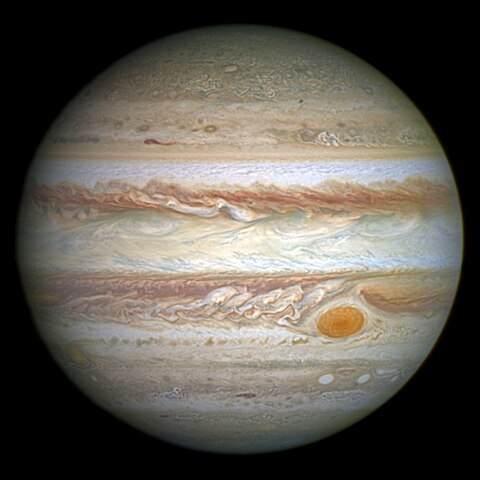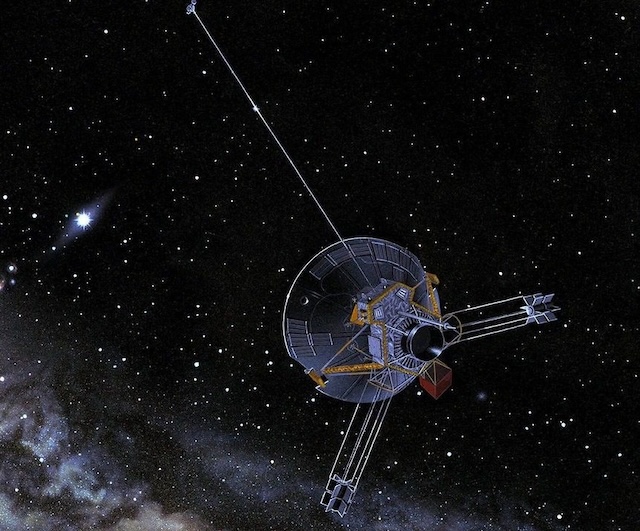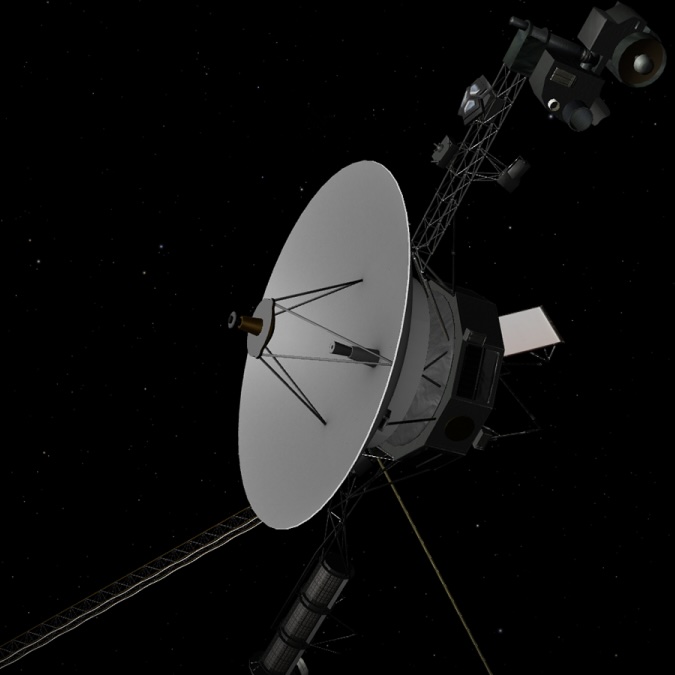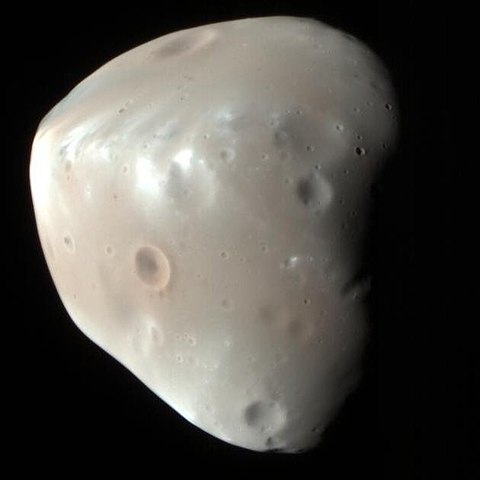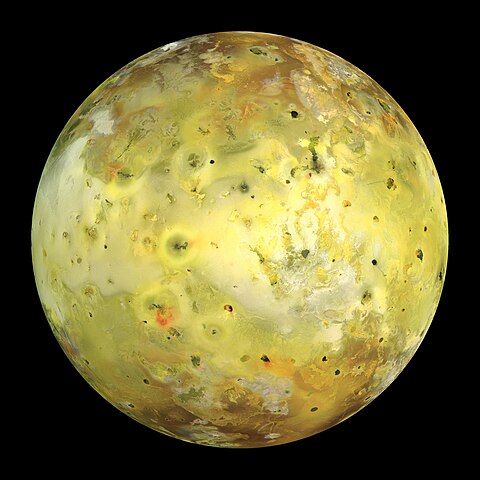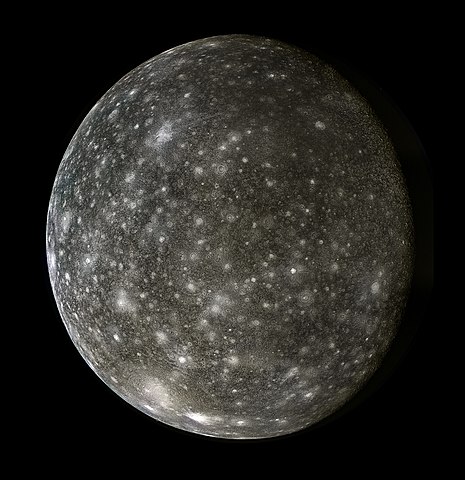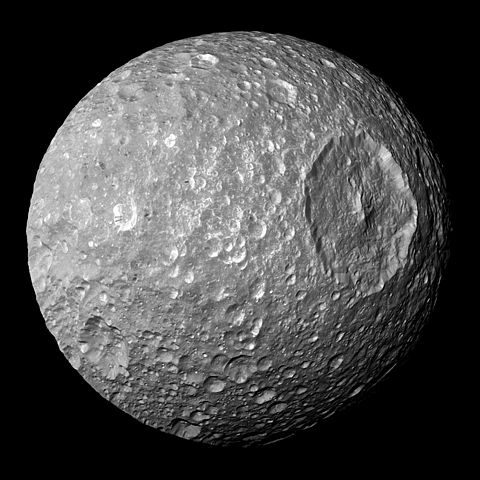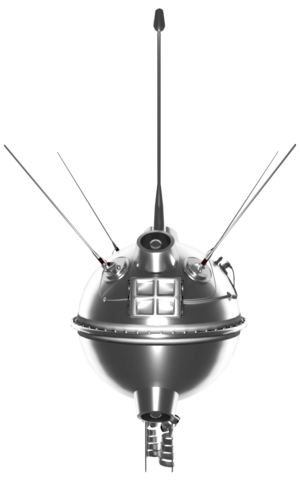1 day / second
0.5 AU
Europa
Moon of Jupiter
An icy moon with a smooth, cracked surface covering a deep subsurface ocean, making it one of the most promising locations in the Solar System to search for extraterrestrial life.
Key Facts
learn more | Wikipedia |
mass | 4.7998e+22 kg |
radius | 1,560.8 km |
semi-major axis | 671,100 km |
eccentricity | 0.009 |
inclination | 3.596º |
longitude of the ascending node | 0º |
argument of periapsis | 0º |
orbital period | 3.552 days |
surface gravity | 0.134 g |
volume of water | Europa's subsurface ocean is believed to contain about twice as much water as all of Earth's oceans, combined |
discovery date | January 8, 1610 |
discovered by | Galileo Galilei and Simon Marius independently |
name origins | Named after Europa, a Phoenician noblewoman in Greek mythology who was courted by Zeus |
rotation | Tidally locked to Jupiter |
albedo | 0.64 |
material composition | Primarily water ice crust over possible liquid water ocean, with silicate rock core |
density | 3.013 g/cm³ |
Parent Planet
Jupiter
The largest planet in the Solar System, Jupiter is a gas giant with distinctive bands of swirling clouds, a powerful magnetic field, at least 95 moons, and an ongoing storm called the Great Red Spot that has raged for centuries.
Spacecraft Visits
Pioneer 10
Flyby
Launched in 1972, visited in 1973
Pioneer 10 performed the first-ever flyby of Europa on December 3, 1973, capturing distant images of the icy moon from approximately 321,000 kilometers away during its historic Jupiter system encounter.
Pioneer 11
Flyby
Launched in 1973, visited in 1974
Pioneer 11's flyby of Europa occurred at a distance of 586,000 kilometers during its December 1974 encounter with the Jupiter system.
Voyager 1
Flyby
Launched in 1977, visited in 1979
Voyager 1 conducted a flyby of Europa on March 5, 1979, capturing detailed images of the moon's icy surface and revealing a complex network of cracks and ridges that suggested the presence of a subsurface ocean.
Voyager 2
Flyby
Launched in 1977, visited in 1979
Voyager 2 captured detailed images of Europa during its flyby on July 9, 1979, revealing the moon's icy surface crisscrossed by a complex network of linear features and relatively few impact craters.
Galileo
Flyby
Launched in 1989, visited in 1997
Galileo performed detailed observations of Europa during multiple flybys in 1997, revealing strong evidence of a liquid water ocean beneath the moon's icy surface.
Juno
Flyby
Launched in 2011, visited in 2022
Juno conducted a close flyby of Europa on September 29, 2022, passing within 352 kilometers of the moon's surface and capturing the highest-resolution images ever taken of the icy world.
Europa Clipper
Flyby
Launched in 2024, planning to visit in 2030
Europa Clipper will conduct detailed reconnaissance of Jupiter's icy moon Europa through a series of 45 close flybys, studying its potential for hosting life in its subsurface ocean.
Jupiter Icy Moons Explorer
Flyby
Launched in 2023, planning to visit in 2032
JUICE will conduct its first flyby of Europa in July 2032, passing within 400 kilometers of the moon's surface to study its icy crust and potential subsurface ocean.

